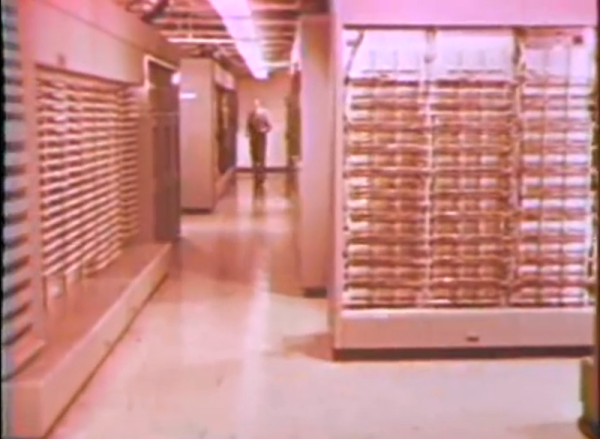The birth of the supersonic jet made the United States’ airstrike defenses look antiquated. And so, during the Cold War, the government contracted a number of institutions and vendors to create and maintain the Semi-Automatic Ground Environment (SAGE) aircraft detection system with Western Electric as project manager.
SAGE was developed at MIT’s Lincoln Laboratory on computers built by IBM. It used the AN/FSQ-7 in fact, which was The Largest Computer Ever Built. SAGE operated as a network of defense sectors that divided the continental U.S. and Canada. Each of these sectors contained a directional center, which was a four-story concrete blockhouse that protected and operated a ‘Q7 through its own dedicated power station. The SAGE computers employed hot standby processors for maximum uptime and would fail over to nearby direction centers when necessary.
Information is fed into each directional center from many radar sources on land, in the air, and at sea. The findings are evaluated on scopes in dimly-lit rooms on the front end and stored on magnetic cores on the back end. Unidentifiable aircraft traces processed in the air surveillance room of the directional center are sent to the ID room where they are judged for friendliness. If found unfriendly, they are sent to the weapons direction room for possible consequences.
Continue reading “Retrotechtacular: Wising Up With The SAGE System”












